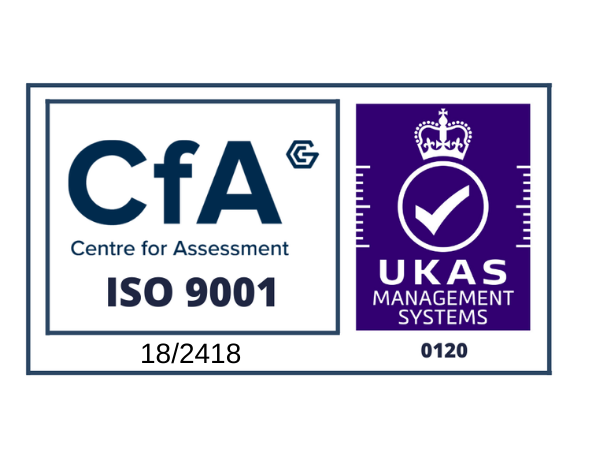Don't Fall Foul of the Renovation Rules
Many of us have dreamed of carrying out substantial renovations to our property. Often this is straightforward, but if you live in a listed building or a conservation area you need to pay particular attention to the rules before starting work.
Whether you're looking to carry out some large-scale alterations or are just interested in balconies, you need to be aware of any relevant regulations. Listed buildings and properties in conservation areas are afforded additional protection when it comes to permitted developments. Before you begin work on any external or internal changes, check to see if they require permission and how you obtain this.
Listed Buildings
You might associate a listed building with grand historic properties that are open to the public. However, there are many residential properties that have also been classified as listed. You will probably be aware of this when you purchase the property, but you might not have fully taken in the implications when it comes to undertaking renovations.
Before any work is carried out on the property, you'll need to obtain listed building consent. This is not just for major work, as even some elements of painting and decorating might require approval. It's important to have this before you commence the work, as failure to do so could cost you dearly. You could face an unlimited fine and 12 months in jail, as well as paying to have the work rectified. For further information you should contact the conservation office at your local authority.
Conservation Areas
The regulations surrounding properties in conservation areas are not as stringent as those for listed buildings, but they still need to be adhered to. A conservation area is usually designated as such because it has significant architectural or historical importance. As well as the general planning regulations, there will also be specific rules that apply to any property developments or renovations. These are designed to maintain the character of the area and prevent any work being carried out that could be detrimental to it.
As part of these regulations, you will require planning permission for a much wider range of work than you would in a non-designated area. For example, some work involving cladding, extensions or removing walls would need to be approved. You may even need written approval to start work on any areas that affect the local trees.
If you're unsure of what regulations are in force for your particular property, then your local planning office should be the first point of contact.







